Sections / Articles
Understanding Autism: Books for Students
Given autism spectrum disorder’s range of characteristics, it can be hard for children to understand their autistic peers, and just as difficult for parents to know where to begin to help. A growing number of books written by therapists, parents, and those on the autism spectrum can assist parents in navigating discussions about autism. The following books offer information and age-appropriate activities for young readers, and can serve as conversation starters for families.
FOR CHILDREN AND ADULTS TOGETHER
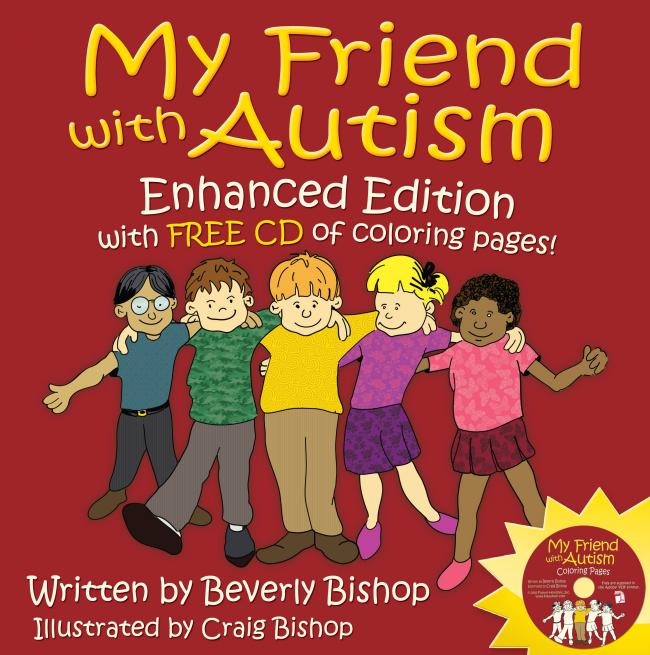 My Friend With Autism
My Friend With Autism
By Beverly Bishop
Fiction • Ages: 4 and up
Written by the parent of an autistic child, My Friend With Autism examines what makes autistic children a little different, but also the ways they are similar to other kids. The book is packed with coloring pages for kids and detailed notes for adults on how to discuss each page with children.
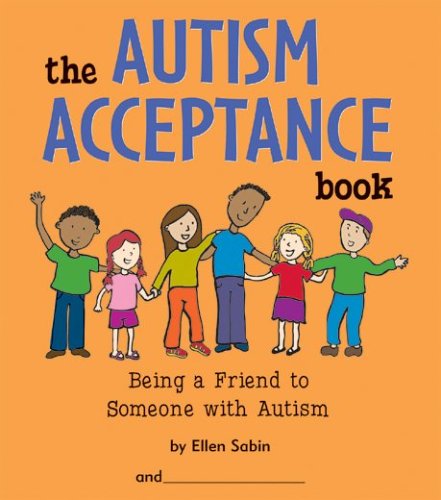 The Autism Acceptance Book
The Autism Acceptance Book
By Ellen Sabin
Nonfiction • Ages: 6 and up
This spiral-bound workbook has exercises and conversation-starters to help adults guide students on a path to understanding autism and respecting differences. The publisher, Watering Can Press, offers a downloadable guide for teachers.
FOR YOUNG ELEMENTARY STUDENTS
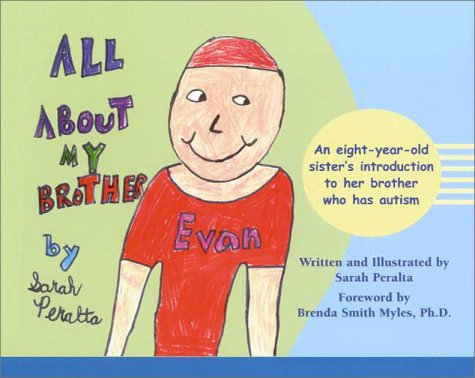 All About My Brother
All About My Brother
By Sarah Peralta
Nonfiction • Ages: 4 and up
Peralta was eight when she wrote and illustrated this 36-page story exploring life with her autistic brother. With bright illustrations and straightforward explanations, All About My Brother invites young readers to understand siblings or classmates with autism.
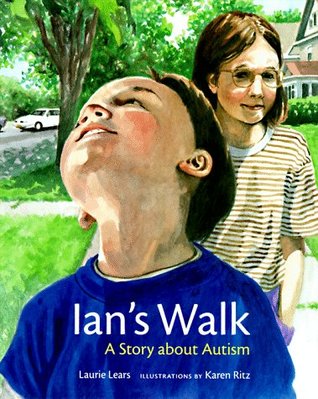 Ian’s Walk: A Story About Autism
Ian’s Walk: A Story About Autism
By Laurie Lears
Fiction • Ages: 6 to 10
What’s it like to walk in an autistic person’s shoes? Ian’s Walk offers an answer. This richly illustrated book is narrated by Julie, who takes her autistic brother Ian to the park to feed ducks. When he wanders off, Julie must try to envision the world through his eyes to fi nd him, offering a portrait of how autism impacts family members.
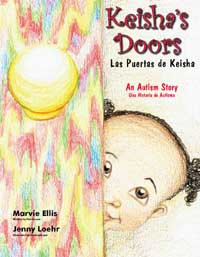 Keisha’s Doors and Tacos, Anyone?
Keisha’s Doors and Tacos, Anyone?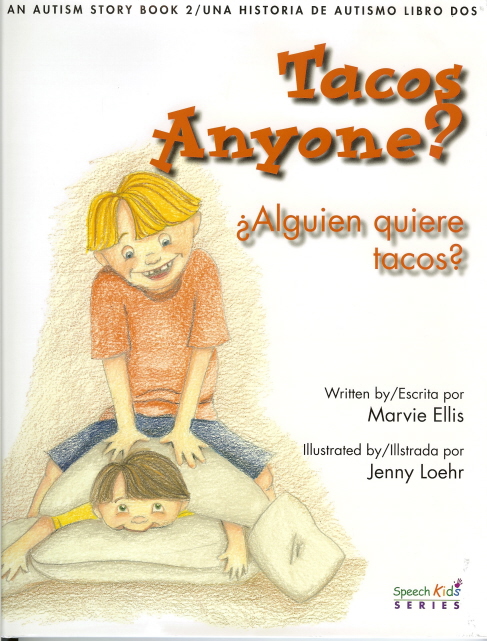
By Marvie Ellis
Fiction • Ages: 6 and up
In these two bilingual books, Ellis, a pediatric speech pathologist and education consultant, weaves simple stories that help children relate to autistic peers. Keisha’s Doors examines the way a family grapples with three-year-old Keisha’s autism diagnosis. In Tacos, Anyone? Thomas learns from a therapist how to play and have fun with his younger autistic sibling, Michael.
FOR OLDER ELEMENTARY STUDENTS
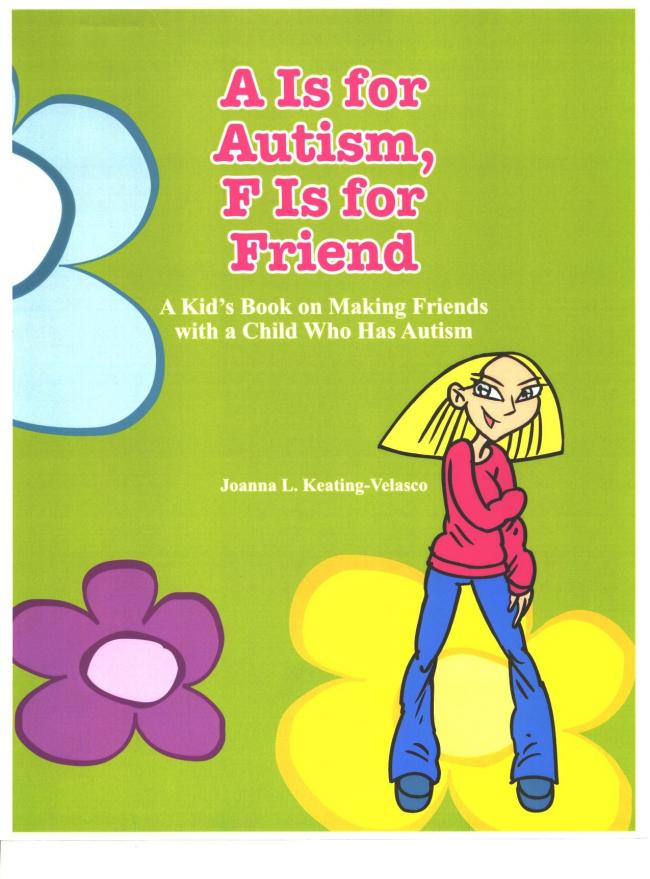 A Is for Autism, F Is for Friend
A Is for Autism, F Is for Friend
By Joanna L. Keating-Velasco
Fiction • Ages: 8-12
Chelsea is an average 10-year-old girl who plays soccer and loves spaghetti… and who just happens to have autism. This quick 54-page read offers a glimpse of Chelsea’s life, serving as a primer on autism for older elementary students. Discussion questions follow each chapter.
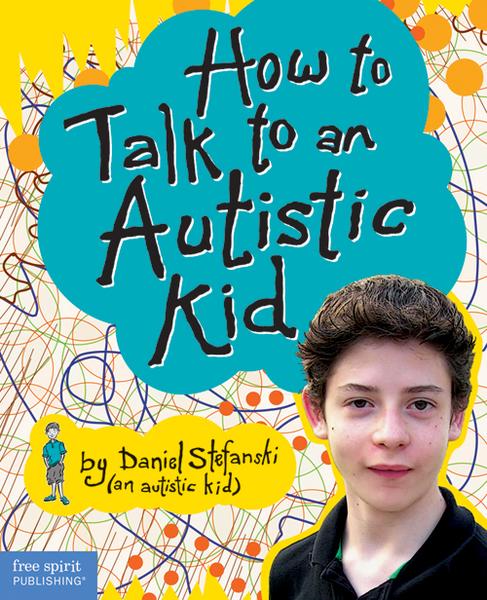 How to Talk to an Autistic Kid
How to Talk to an Autistic Kid
By Daniel Stefanski
Nonfiction • Ages: 10 and up
“Even though my brain is different, I’m still a kid,” writes Stefanski, who is autistic and penned this practical handbook at age 14. In it, he offers personal stories and explanations for why autistic children act the way they do. He even addresses teasing and bullying.
 Rules
Rules
By Cynthia Lord
Fiction • Ages: 9 and up
Twelve-year-old Catherine invents “rules,” like “No toys in the fish tank,” to help her autistic brother, David, navigate his world. Rules follows Catherine as she befriends wheelchair-bound Jason, who helps Catherine understand the meaning of acceptance. It’s an accessible, honest, often humorous story about disabilities, family dynamics, and friendship.
-Meredith Barnett, Assistant Editor, NAESP
Copyright © National Association of Elementary School Principals. No part of the articles in NAESP magazines, newsletters, or Web site may be reproduced in any medium without the permission of the National Association of Elementary School Principals. For more information, view NAESP's reprint policy.
| Attachment | Size |
|---|---|
| MJ12 Autism Books.pdf | 159 KB |